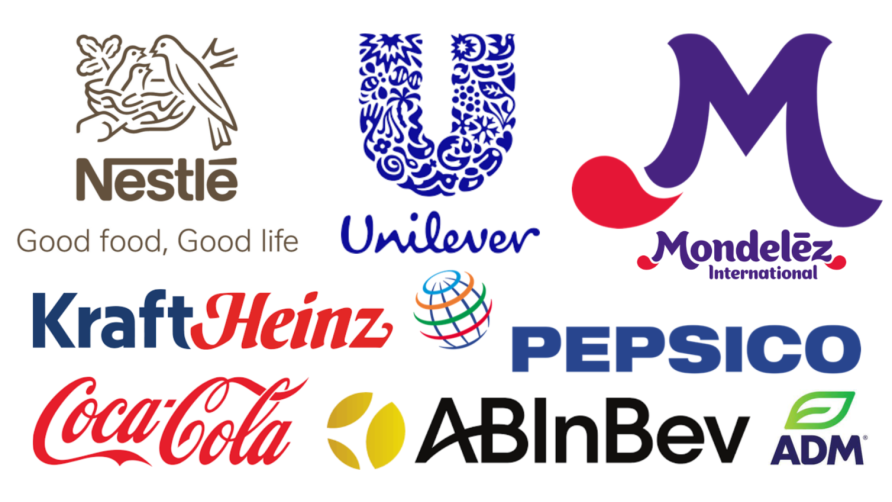The food and beverage industry in Asia is a dynamic and diverse landscape, reflecting the region’s rich culinary heritage, rapid urbanization, and changing consumer preferences. This report provides a detailed analysis of key trends, challenges, and opportunities shaping the industry across Asia.
Nourishing Asia: A Comprehensive Overview of the Food and Beverage Industry
1. Market Overview:
- Asia’s food and beverage industry encompasses a wide range of sectors including agriculture, food processing, retail, and hospitality.
- The region’s diverse cultures and cuisines contribute to a vast array of food and beverage products, catering to both domestic and international markets.
2. Growth Drivers:
- Rising disposable incomes and urbanization are driving demand for convenience foods, ready-to-eat meals, and packaged beverages.
- Increasing health consciousness and awareness of sustainability are influencing consumer preferences, leading to a surge in demand for organic, natural, and plant-based products.
3. Regional Variations:
- Asia is a vast and diverse continent, and the food and beverage industry varies significantly from region to region.
- Southeast Asia is known for its vibrant street food culture, while East Asia boasts a rich tradition of tea and fermented foods.
- South Asia is famous for its spices and aromatic cuisines, while Central Asia offers unique culinary traditions influenced by nomadic lifestyles.
4. Key Players:
- Multinational corporations and local players alike compete in Asia’s food and beverage market, offering a diverse range of products and services.
- Global giants such as Nestlé, Coca-Cola, and PepsiCo have a strong presence in the region, alongside regional powerhouses like Ajinomoto, Indofood, and Wilmar.
5. Challenges:
- The food and beverage industry in Asia faces several challenges, including food safety concerns, supply chain disruptions, and regulatory complexities.
- Rapid population growth, urbanization, and climate change also pose significant challenges to food security and sustainability.
6. Opportunities:
- Despite challenges, Asia presents immense opportunities for growth and innovation in the food and beverage industry.
- Emerging markets offer untapped potential, while technological advancements such as e-commerce and digitalization are transforming the way food is produced, distributed, and consumed.
7. Future Outlook:
- The future of the food and beverage industry in Asia is promising, driven by factors such as urbanization, changing consumer preferences, and technological innovation.
- Collaboration between industry stakeholders, governments, and civil society will be essential to address challenges and unlock the full potential of Asia’s food and beverage sector.
Conclusion: The food and beverage industry in Asia is a dynamic and evolving landscape, shaped by cultural traditions, economic forces, and technological advancements. By understanding key trends, challenges, and opportunities, stakeholders can navigate the complexities of the market and capitalize on Asia’s vast potential for growth and innovation.
Related: Food and Beverage Industry Sales Value Across US States



